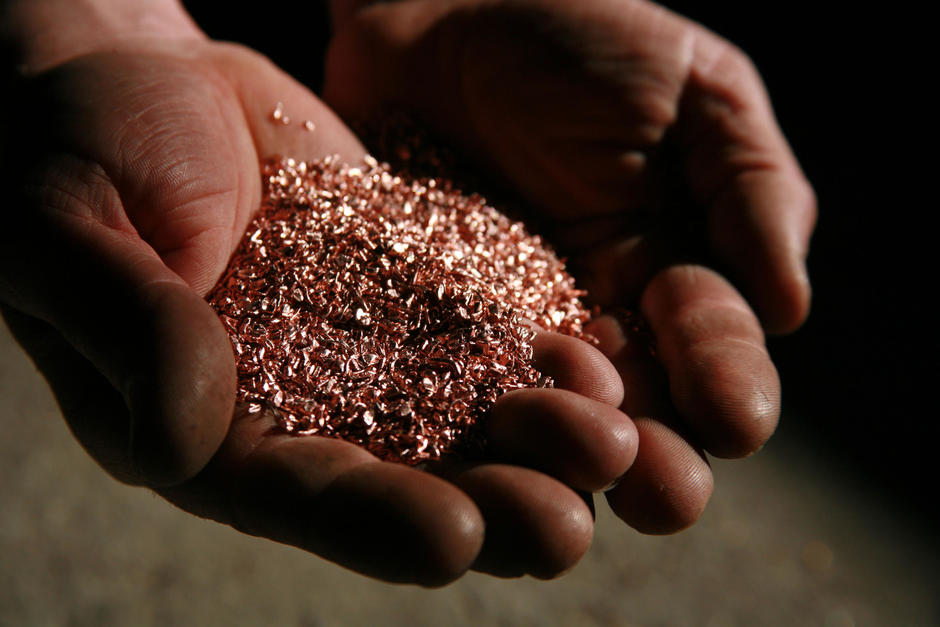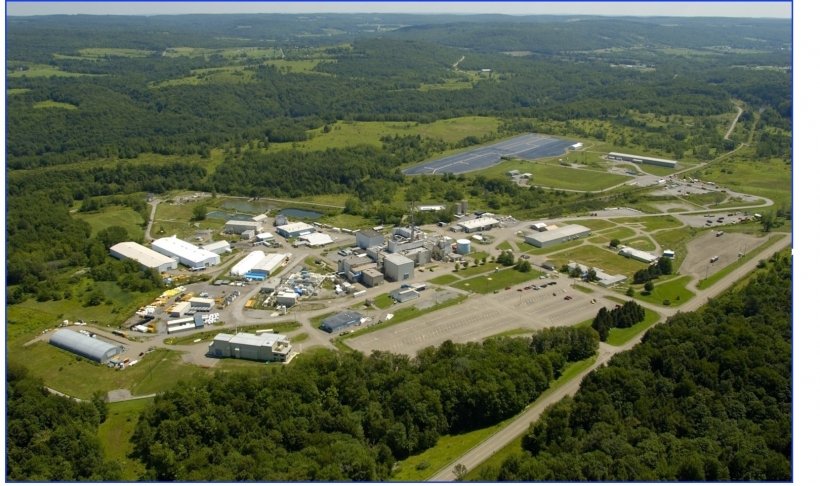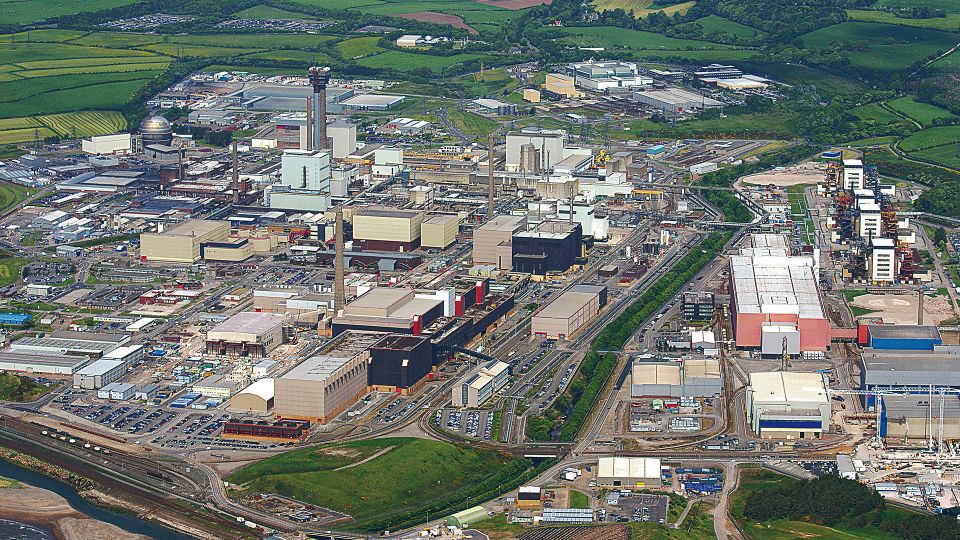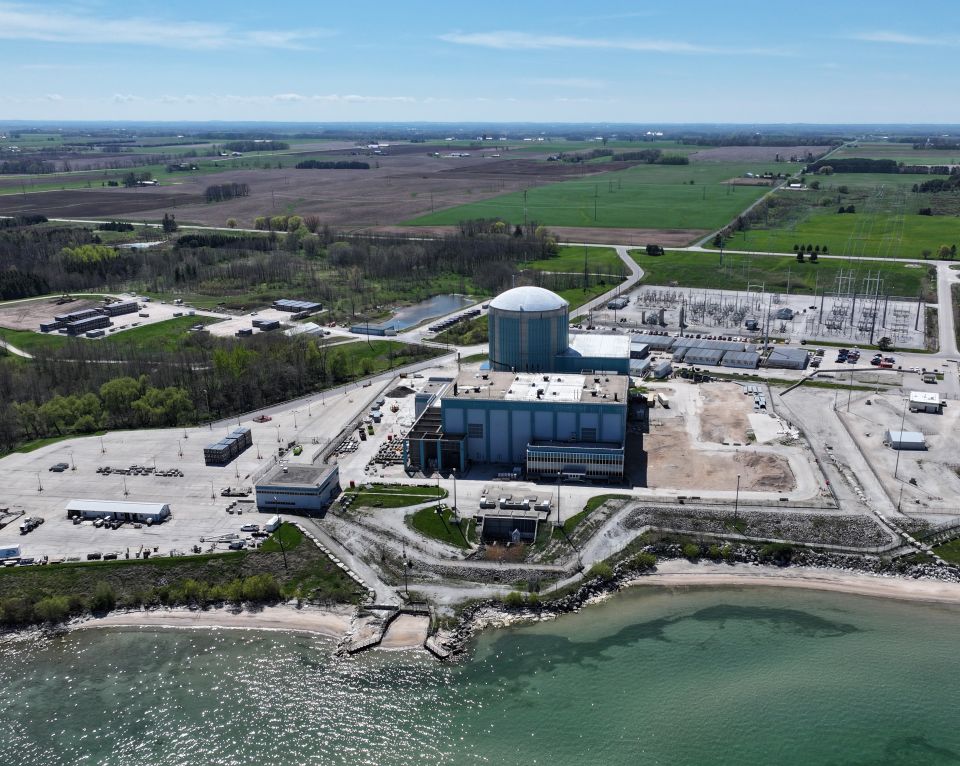The TMI-2 CAP is a voluntary organization that was formed to enhance open communication, public involvement, and education about the TMI-2 decommissioning project, which is being carried out by EnergySolutions subsidiary TMI-2 Solutions.
While Shearer noted that the DEP does not have direct regulatory oversight of the TMI-2 decommissioning, it holds daily briefings with license holder TMI-2 Solutions, as well as monthly calls with the Nuclear Regulatory Commission on activities at the site. “We can’t thank enough both the NRC and TMI-2 Solutions for making us a good partner and stakeholder,” Shearer added.
TMI-2 Solutions acquired TMI-2 from subsidiaries of FirstEnergy Corp. in December 2020 to complete the decommissioning of the reactor. In May 2023, the company announced that TMI-2 transitioned out of post-defueling monitored storage and into active decontamination and decommissioning. TMI-2 intends to complete the decommissioning by 2037.
Project update: Jason Norville, TMI-2 Solutions operations manager, provided an update on the D&D progress during the CAP meeting.
He noted that TMI-2 is currently in the first of three planned decommissioning phases. “That’s where we are removing fuel-bearing material, doing source term reduction, and really transitioning the plant into standard decommissioning,” he said.
Current work on the reactor includes the construction of a 400,000-square-foot decommissioning support building, which will be used to process and package waste for off-site shipment, and preparing the site’s independent spent fuel storage installation, which will hold greater-than-Class C waste from the reactor.
Work is also being done to remove the reactor building air cooler, which is a major source of contamination within the building. Removing the large air cooler will also open more space in the building for other work to progress, Norville said.
Historic preservation: In an agreement signed with the NRC and the Pennsylvania State Historic Preservation Office, TMI-2 Solutions agreed to preserve certain items from TMI-2, which is eligible for listing in the National Register of Historic Places.
Joe Lynch, regulatory affairs director for TMI-2 Solutions, discussed the agreement, known as a Section 106 programmatic agreement, during the CAP meeting. Lynch noted that the agreement, along with license amendment granted by the NRC in August, balances the need to preserve the reactor’s history while allowing TMI-2 Solutions to continue carrying out decommissioning work.
Under the agreement, which was signed in May, the company committed to salvaging the reactor control panels and donating them to a museum where the control room can be recreated. A model of the reactor building, which TMI-2 Solutions is currently making use of for work planning, will also be donated once it is no longer needed. Other items include photographs, maps, signs, and another model of the reactor core.
“A lot of artifacts that we can provide in the short term, we are going to. The larger things are a few years out into the future, but we do have an inventory that has been requested of us,” Lynch said.
Lynch also noted that the Smithsonian Institution had requested certain items, including the safety release valve that was integral to causing the 1979 reactor accident. “But it is very contaminated and is not something that we would very readily donate to anybody,” he said.









